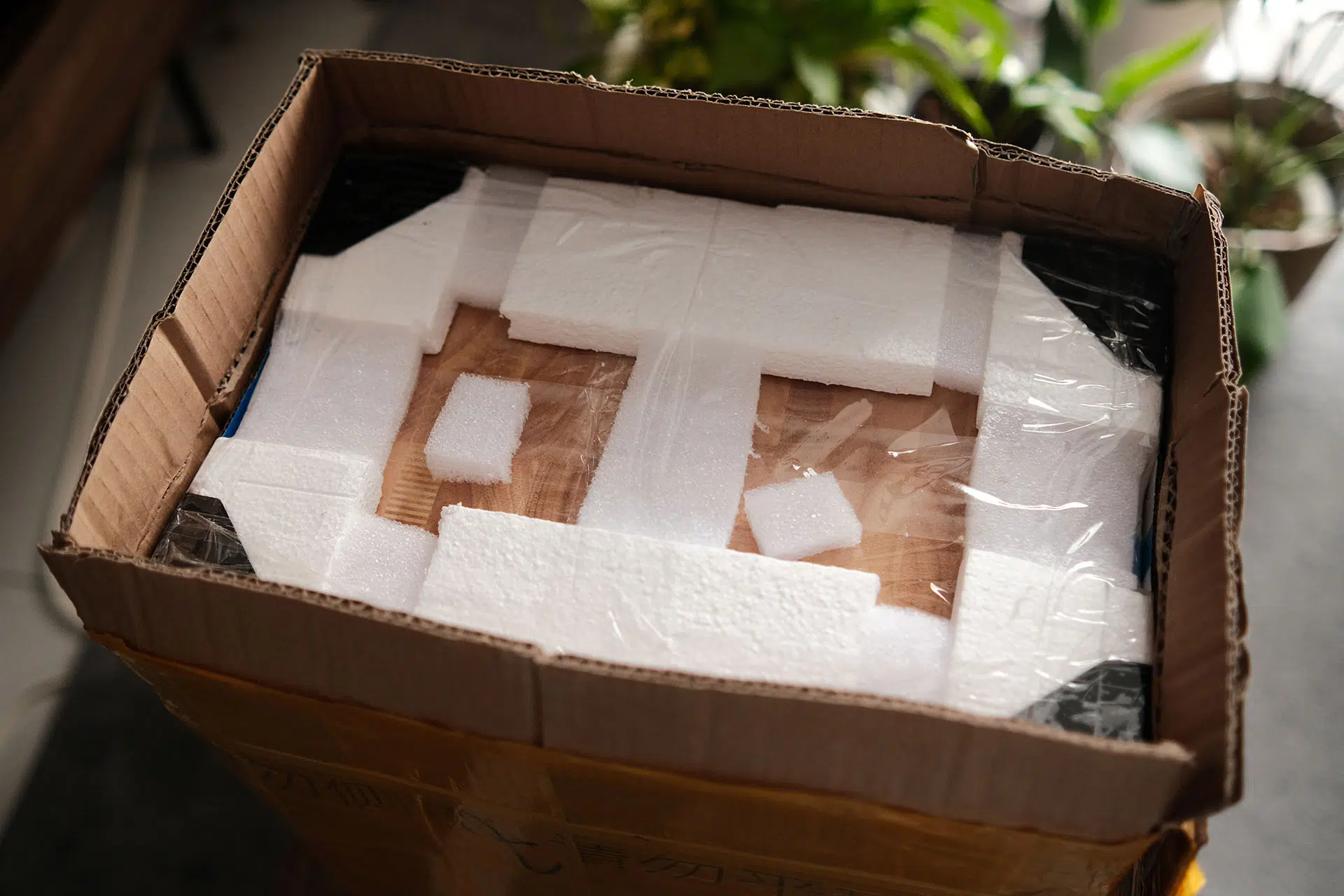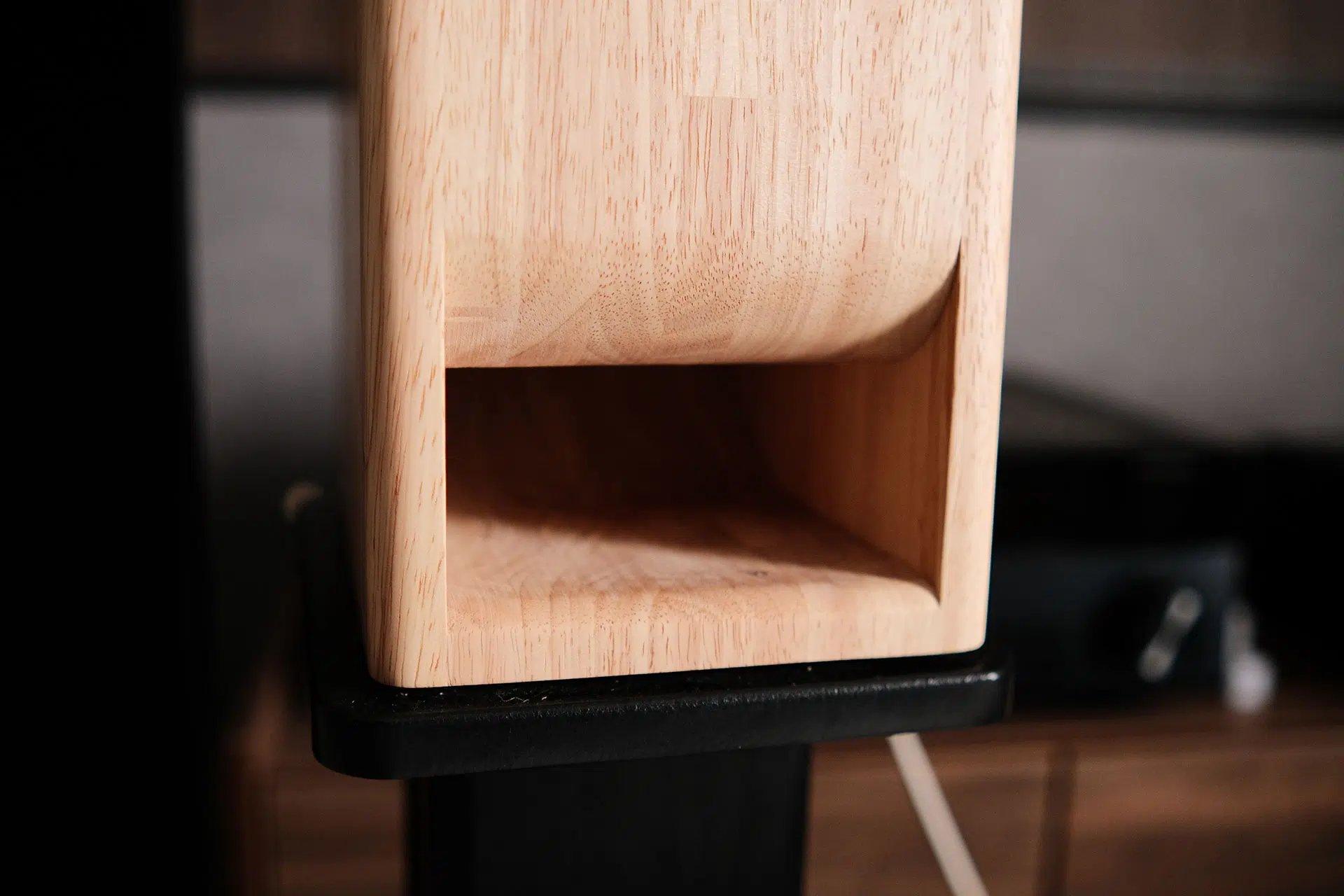Building your speakers can feel like an exciting yet daunting task, especially when you’re exploring the world of DIY Chi-Fi audio gear. My journey into this world started with a goal: create high-quality sound that good for my ears without breaking the bank.
After much deliberation, I decided to build my own Chi-Fi full-range speakers, which would feature a transmission line speaker cabinet paired with a set of full-range drivers. What followed was a month-long wait for the necessary components, lots of research, and, eventually, the thrill of hearing the results of my efforts.


The first part of the project was selecting the right speaker cabinet. I ordered an Iwistao 4″ full-range speaker cabinet from AliExpress. As with any international purchase, there was a bit of anxiety, as it took about a month to arrive. When it finally did, the packaging was excellent, ensuring the cabinet arrived in perfect condition. The cabinet itself uses a labyrinth-style design, which helps to enhance mid-bass performance—something that full-range drivers typically lack.
For the drivers, I decided to start with Soundlink Audio Labs 4″ full-range drivers. These drivers are known for their decent performance at an affordable price, and they were a perfect fit for the Iwistao cabinet. That said, I’m already considering an upgrade. Mark Audio full-range drivers are on my radar due to their reputation for high-quality sound and precise detail, so that might be the next step for me in this ongoing project. For those looking for the Best 4″ full-range drivers for DIY speakers, there are plenty of options to explore that will suit your needs based on sound preferences and budget.

It’s a straightforward DIY project. All you need are full-range drivers, a speaker cabinet, a screwdriver, and screws. First, I mark the position of the speaker hole on the cabinet, then carefully secure the drivers in place using the screwdriver.
Once the cabinets and drivers were set up, it was time to test them out. The result was exactly what I was hoping for—clearer vocals, a detailed midrange, and a noticeable soundstage. The full-range drivers excelled at delivering a balanced, clear sound, with no harshness in the highs or muddiness in the mids. The low-end performance, however, wasn’t as deep as I’d like. Full-range speakers often struggle with bass, but the transmission line cabinet helped to compensate for that by slightly enhancing the mid-bass frequencies.
Still, for those who enjoy a fuller bass experience, I would recommend adding a subwoofer to the setup. This would round out the sound and provide a more complete listening experience, especially for genres like electronic music, where bass is more prominent.
One thing I noticed is that the speaker position needs to be arranged carefully to the listening position to ensure balanced sound imaging; otherwise, the sound can lean too far to the left or right.
For testing purposes, I connected my DIY Chi-Fi speakers to my NAD 3130 Integrated amplifier and the new Fosi Audio MC331 Hybrid Tube Amplifier. Right away, I noticed the difference. The sound was clearer, more alive, and more immersive than ever before. It was as though the music was filling the room in a way that my previous setup couldn’t match.
These speakers have truly shone when listening to jazz music with a vacuum tube amplifier. After a hectic day at work, there’s nothing better than sitting back on the couch, relaxing, and enjoying some smooth jazz. The vocals come through crystal clear, and the instrument separation adds depth to the overall experience. It’s the kind of sound that makes you feel connected to the music, almost as if the instruments are playing right in front of you.
For vinyl listening, these DIY speakers punch above their size. These DIY Chi-Fi bookshelf speakers suit my small vinyl listening setup in the apartment. I recently swapped in a budget-friendly, high-quality RCA cable, and when I dropped the needle on Fleetwood Mac’s Rumours and Japanese Jazz Naomi Akimoto’s One Night Stand, I finally got to hear the clean, full-range sound I’ve been wanting. Honestly, with this vinyl setup, I love the flat, analogue sound.
Since the speakers are still new, they need some time to break in before reaching their full potential. Speaker break-in, also known as burn-in, is a process where the components—like the driver’s cone, suspension, and surround—become more flexible with use. Initially, the sound may feel slightly stiff or lacking in warmth, but after several hours of playtime, the audio quality improves as the components settle into place.
During this period, I’ve been playing a mix of genres to help the drivers adjust evenly across the frequency range. From mellow jazz to upbeat rock, each session brings out more clarity and depth in the sound. For most full-range drivers, it typically takes anywhere from 50 to 100 hours of playtime for the break-in process to complete. It’s a small investment of time for a noticeable improvement in sound quality, and I’m excited to hear how these DIY Chi-Fi speakers will evolve as they break in fully.


While the sound quality of the DIY Chi-Fi speakers was great out of the box, there is definitely room for improvement. One of the most obvious upgrades would be to replace the Soundlink drivers with Mark Audio full-range drivers. These drivers are highly regarded for their ability to reproduce high-fidelity sound, which would make a noticeable difference in the overall audio performance.
Additionally, the bass could be improved by adding a subwoofer to the setup. The current configuration lacks the deep bass response that many people expect, especially when listening to genres like hip-hop or rock. A subwoofer would fill in this gap, giving the system a more complete and balanced sound.
One of the main reasons I chose to go the DIY Chi-Fi route is the combination of cost-effectiveness and customization. DIY Chi-Fi speakers allow you to select each component based on your needs and preferences, without paying the high prices that come with branded audio gear.
This makes it a great option for audiophiles on a budget. Additionally, building your speakers is a rewarding learning experience. It forces you to dive deep into the components and how they interact with each other, giving you a greater understanding of audio systems in general.
If you’re curious about the world of Chi-Fi audiophile products, it’s worth looking into Chi-Fi audiophile equipment for more insight into affordable yet high-quality audio setups.

Looking back, building my first DIY Chi-Fi full-range speakers using the Iwistao transmission line speaker cabinet was an incredibly rewarding project. The sound quality exceeded my expectations, and while there are still some improvements to be made, I’m thrilled with the outcome so far. The clarity, detail, and balance of the sound have made my listening experience much more enjoyable, especially when I’m kicking back and relaxing with some jazz.
If you’re considering a DIY Chi-Fi project, I highly recommend giving it a go. The potential for high-quality sound at a fraction of the cost of commercial systems is there, and with the right components, you can create a system that suits your tastes perfectly. For anyone looking to dive deeper into full-range speakers, make sure to check out this full-range speaker guide for tips on building the perfect audio setup. Happy building!

Curated Camera Gear & Vinyl Records